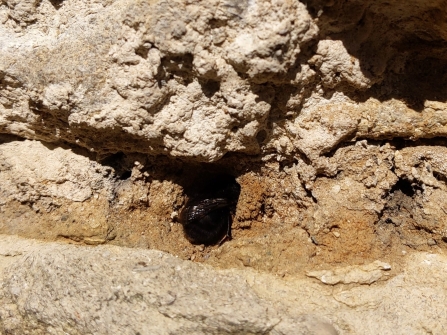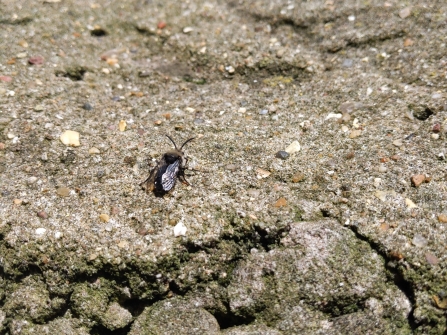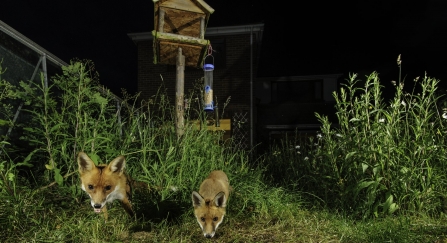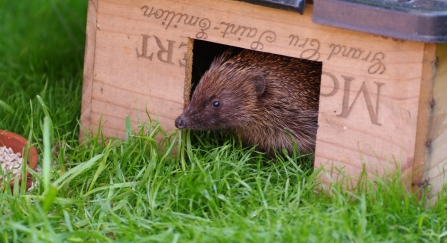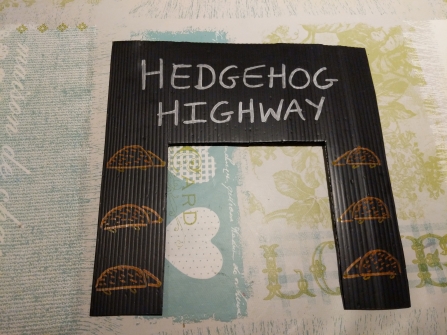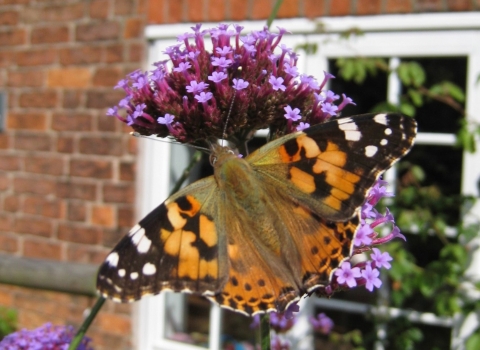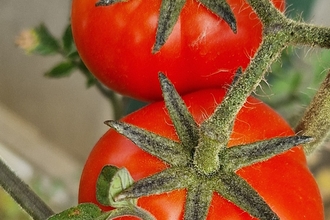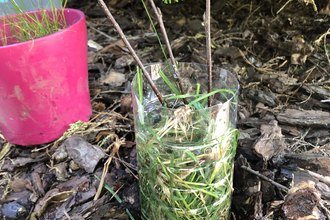When doing my research into wildlife gardening, I found so much information, it was overwhelming. Here are some of my favourite bits that I couldn’t fit into my previous blogs.
Recording and reporting
I really love the challenge of working out what species I have found. Whilst working from home, I have been spotting all sorts in my yard. Recording what you discover in your garden helps us understand how wildlife is doing, especially in response to climate change and habitat loss. It also encourages you to really look and get inspired by wildlife. I found an unusual bee (called a mourning bee) in my yard that I never would have found without taking a break whilst working from home.


